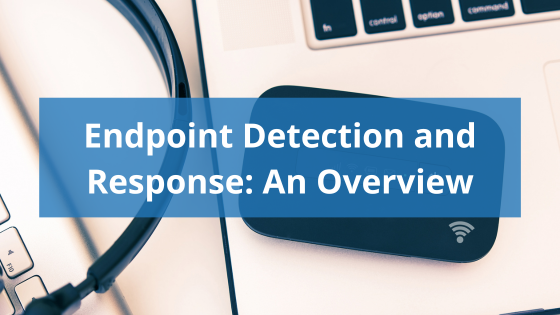When we talk about networks, applications, and endpoints as things that need to be protected from cyberthreats it can be difficult to know what, precisely, we are talking about. Endpoint security focuses on physical devices, like laptops, desktops, servers, printers, and more that are connected to a specific network. Endpoint Detection and Response (EDR) monitors these end-user devices for cyber threats. Here we will cover what that means and why it matters.
EDR solutions help security teams log and monitor everything happening on endpoints, allowing them to see unusual or suspicious activity quickly. They can not only monitor this activity but help contain malicious activity to protect your network. Effective EDR solutions use a level of automated detection that can report potentially suspicious activity to security experts who can then quickly analyze and respond to threats in real time.
While we tend to emphasis preventative measures against cyber threats, there is no way to guarantee that malicious actors won't find a way to infiltrate your network. An EDR tool can help you take quick, decisive action when preventative measures fail. EDR can also help you understand exactly when and where a breach occurred, so you can better strengthen your frontline defenses after an incident occurs. By monitoring, and storing, behavior from your various endpoints, EDR can create a log that helps you and your IT team map what went wrong and prevent attackers from returning. It can also make your remediation process faster, reducing your costs and lost time in the wake of a cyber-attack.
Tech Networks of Boston’s team of IT security experts are here to help your organization understand and manage your risk. Contact us today to talk more about your security needs and find out how we can help you leverage technology effectively so you can get back to your business goals.





Leave a Reply